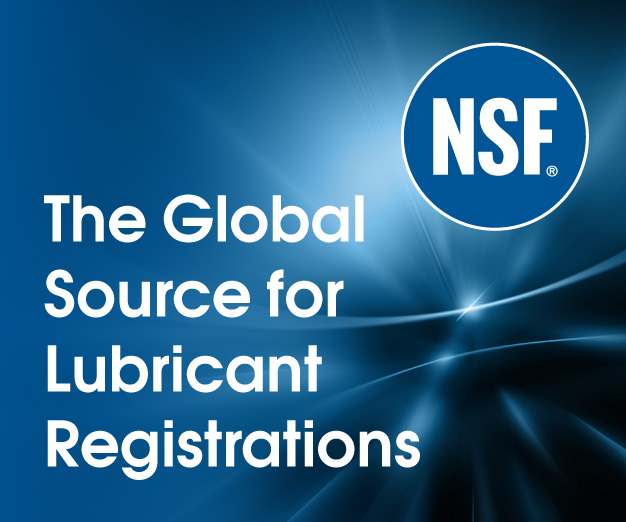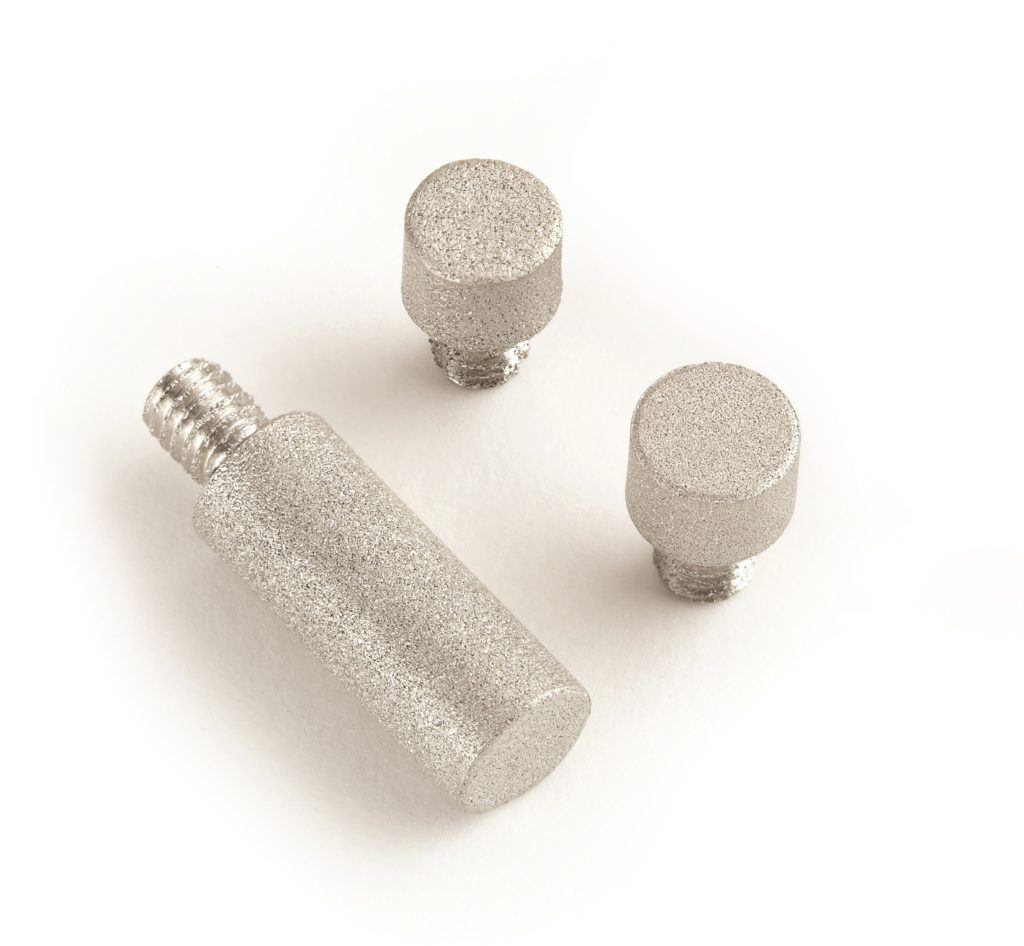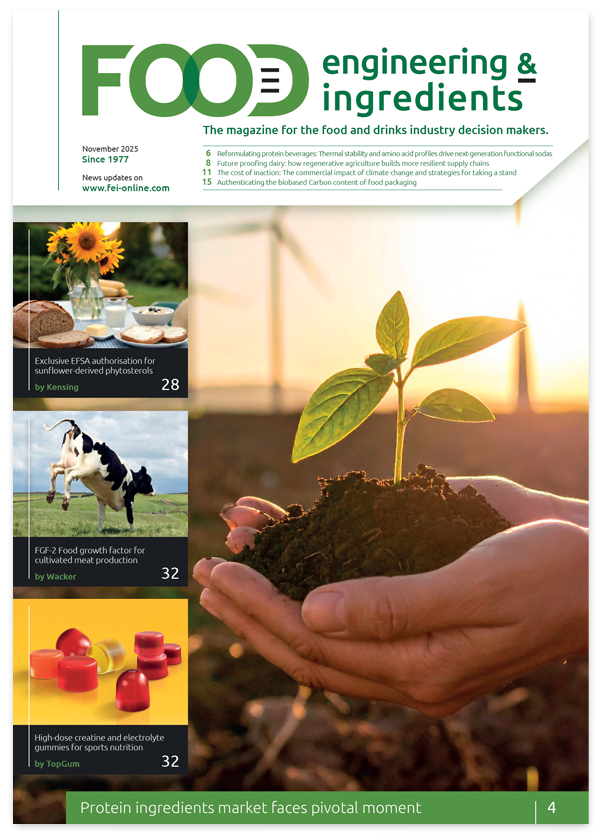Biotech Fluidics launches micro sparger technology to boost bioreactor performance
Biotech Fluidics has introduced a new range of micro spargers designed to enhance gas transfer efficiency in bioreactor applications, delivering substantial improvements in upstream reactor yields through advanced bubble generation technology.
Enhanced mass transfer drives productivity gains
The micro sparger devices, developed in partnership with MOTT Corporation, create significantly smaller bubbles compared to conventional gas introduction methods, increasing the surface area available for gas-liquid contact. This enhanced interface leads to improved volumetric mass transfer coefficients (kLa) whilst reducing overall
gas consumption.
“These micro spargers have proven to increase benchtop laboratory bioreactor and fermenter mass transfer rates by 100% to 400% over standard drilled pipes or single-opening dip tubes,” according to the company’s technical specifications. The devices utilise sintered porous materials, typically stainless steel, to introduce gases such as air, oxygen, or carbon dioxide into liquid media. By generating microbubbles, the technology facilitates more efficient aeration and fermentation processes whilst providing beneficial agitation effects that promote cell growth.
Customisable solutions for diverse applications
Biotech Fluidics offers porous metal sparger tips with media grades ranging from 2 µm to 15 µm, enabling optimisation for specific media compositions, organism types, and mass transfer requirements. The technology targets laboratory and pilot-scale bioreactors and fermenters across various biotechnology applications.
The company positions itself as a leading supplier of fluidic system solutions, liquid transfer components, and degassing systems to instrument developers, manufacturers, and distributors globally. Their mission centres on delivering unique products with comprehensive technical support and in-depth application knowledge.
Commercial availability
The micro sparger technology is immediately available for integration into existing bioreactor systems, offering laboratories and research facilities an opportunity to enhance their fermentation and cell culture productivity through improved gas transfer efficiency.
For more information, visit: https://shorturl.at/oLkXv
Digital issue: Please click here for more information




